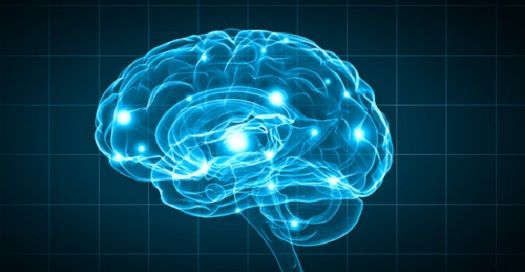TMS Does Not Vary Between Tardive Syndrome, Healthy Control Patients
There were no significant differences among tardive syndrome patients and healthy controls in either resting motor function or active motor function, and both group's symptoms improved with raised intensity.
patients and healthy controls seemed to have similar responses to transcranial magnetic stimulation (TMS), according to the recent findings of a small study.
Investigators from Egypt and London measured cortical excitability in tardive syndromes, becoming the first team to do so. Until recently, tardive syndromes were often thought to be related to hypersensitivity or upregulation of dopamine receptors.
But recent evidence suggests that drug-induced tardive syndromes might be due to maladaptive plasticity. That would increase the motor excitability in the cerebral cortex and basal ganglia, the study authors wrote, so they measured the cortical excitability using TMS in 22 patients with tardive syndromes. They used TMS to collect evidence about the pathophysiological changes in the tardive syndrome patients, as well as 20 age and sex-matched healthy individuals.
Investigators, led by Dr. Eman M. Khedr, of the Department of Neurology and Psychiatry, Assiut University, classified the patients into groups based on their most recent antipsychotic medications: first-generation antipsychotics, second-generation antipsychotics, and both. Each medication course lasted between 12 and 30 months.
The investigators observed electromygraphic (EMG) recordings from the patients, collected at resting motor threshold and active motor threshold. The subjects made a mild contraction of about 10% of their maximum to reach active motor threshold. Investigators then measured the cortical silent period of each brain hemisphere, as well as the ipsilateral silent period.
The team also noted that the subjects were sitting in a comfortable chair during this process.
There were no significant differences among tardive syndrome patients and healthy controls in either resting motor function or active motor function, investigators observed. When TMS intensity was altered (at marks of 110%, 120%, 130%, 140%, and 150% of resting motor threshold) the patients in both groups showed significantly more interaction. Investigators believe this is because of the higher amplitudes of motor evoked potentials at the higher resting motor threshold intensities.
There was no difference between the tardive syndrome and healthy patients in the researchers’ analysis of contralateral silent period, either. But in the tardive syndrome patients, the researchers said, the contralateral silent period was longer in the patients than the controls at the higher intensities. The ipsilateral silent period was significantly longer in patients compared to controls, too, the study authors found.
Each patient was evaluated using the AIMS score, but there were no significant correlations between the score and any of the measures of cortical excitability.
“The main finding of this study was that despite similar thresholds, motor evoked potentials were larger in patients than the healthy control group,” investigators wrote. “There was also a significant prolongation of both the ipsilateral silent period and contralateral silent period.”
The study authors also wrote that, in comparison with other movement disorders, excitability has been reported to reduce in Parkinson’s disease—“natural” condition, compared to a drug-induced one. In drug-induced movement disorders, the deficit could be much more widespread in comparison.
“These preliminary findings indicate that corticospinal output is hyperexcitable in individuals with tardive syndrome,” they concluded. “If so, then one potential avenue for treatment might be to induce long-term depression using forms of repetitive TMS or [transcranial direct current stimulation] to reduce excitability.”
The paper, titled “Changes in recruitment of motor cortex excitation and inhibition in patients with drug-induced tardive syndromes,” was published online in Neurophsiologie Clinique.
